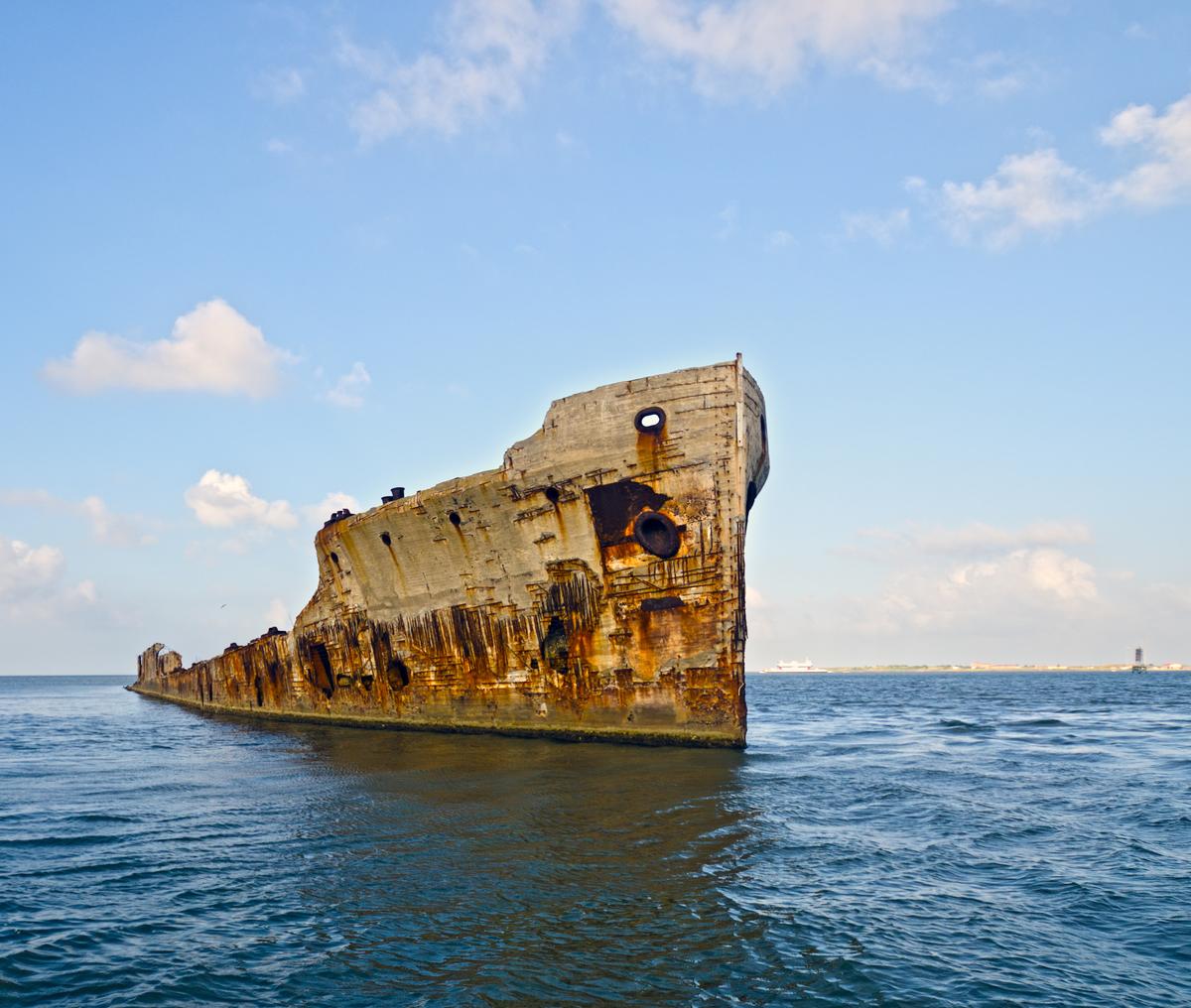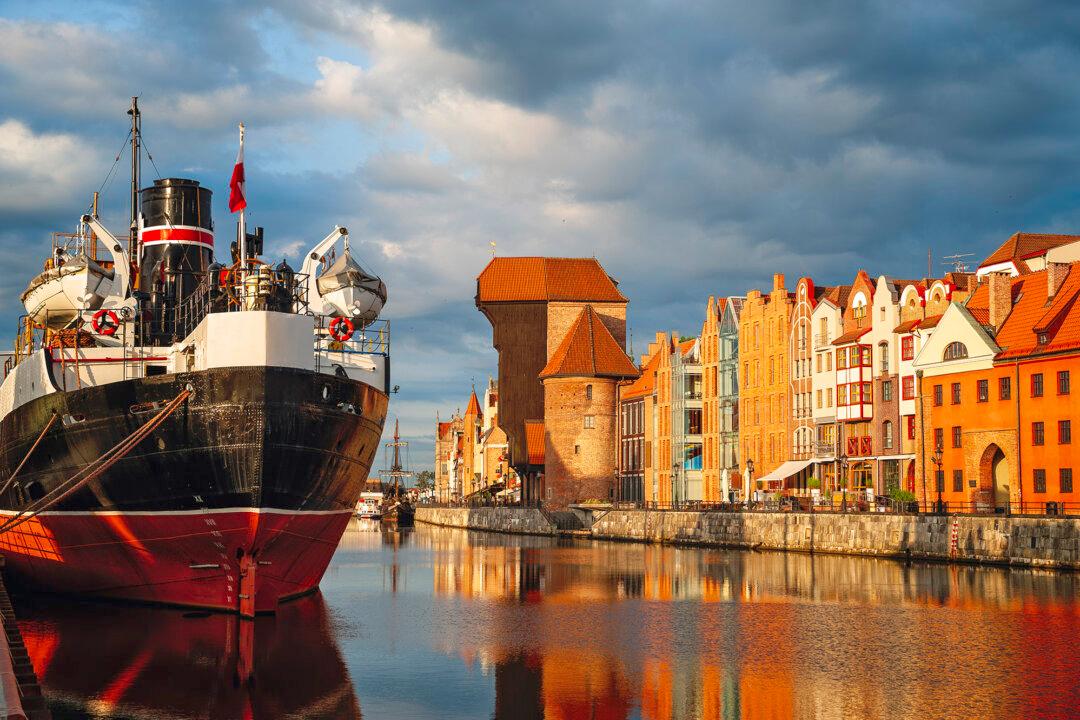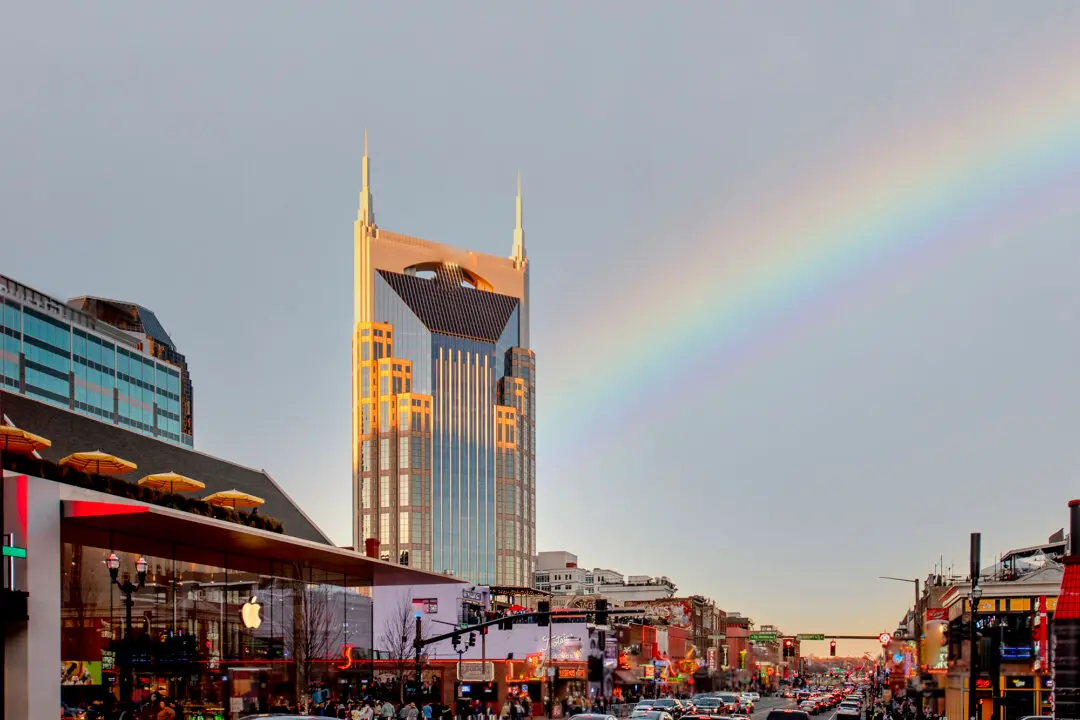At first, they were elusive, popping heads or fins just above the waterline, then disappearing from sight and diving deep, as if playing a little game of hide-and-seek. Rolling through the busy, working harbor on the double-decker Seagull II, a small sightseeing boat run by the local historical society, the salty stretch was busy with activity: barges pushing by, a dredge making a channel along the sandy bottom, and ferries shuttling cars back and forth to the Bolivar Peninsula.

The remains of the USS Selma at Seawolf Park in Galveston, Texas. Visit Galveston





